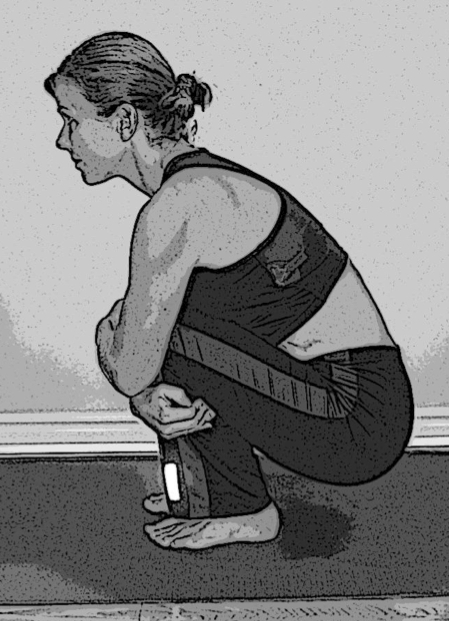Want to feel better than you’ve ever felt?
Here’s another excerpt from my 10th book, The Secret of Vigor – How to Overcome Burnout, Restore Biochemical Balance and Reclaim Your Natural Energy
Some of the most popular New Year’s resolutions every year are:
*Lose Weight
*Get in Shape
*Reduce Stress
*Get Healthier
*Win the Lottery
The Secret of Vigor can help you with 4 out of 5 of the most popular resolution goals, so I’ll be posting excerpts from the book for the next several weeks – so please stay tuned for each installment.
If you simply can’t wait, then you can certainly get a copy at http://amzn.to/1eju3wu or at your favorite library or bookstore.
VIP: FlexSkills
In addition to the twenty-eight-minute walking program outlined above, you should consider also adding the flexibility exercises described below to further improve your circulation, balance, and strength. I call each of these ten exercises “FlexSkills,” and I’ve used them to help elite athletes in virtually every type of sport improve their stress resilience, flexibility, and resistance to injury.
For each FlexSkill, you want to “hold” the position for thirty to sixty seconds. Each “cycle” of ten exercises, then, takes only five to ten minutes and can be performed either as a warm-up/cool-down on the days that you also do your Interval Walking or as an exercise circuit on its own. For example, you could go through all ten FlexSkills two or three times as your workout instead of walking. You may also want to use a floor mat or large towel when performing these skills.
4. Squat (Targets: lower back, pelvis, hips, knees, ankles)
Okay, it is time to teach your skeleton what proper alignment looks like. This squat position is actually the “resting” position that is most natural in terms of skeletal alignment. Sitting in a chair (as most of us do for hours on end every day) is one of the worst biomechanical positions because of the extreme pressures, torques, and twists that the sitting position delivers to the back—especially to the lower back. Low-back pain affects eight out of ten American adults at some point in their lives, and the Squat helps realign the entire joint system into a more natural position.
Start in a standing position with your feet about shoulders’ width apart and your toes pointing straight ahead. Take a deep breath and slowly squat down, bringing your butt to your ankles. Your hands can hang by your sides, or you can wrap them around your knees or position them on the ground in front or to the side of you to help balance yourself. Continue to breathe slowly and deeply, and hold the Squat position for thirty to sixty seconds. As your balance improves in the Squat position, you will find that you can maintain this comfortable position for many minutes without using your hands for balance or support.
